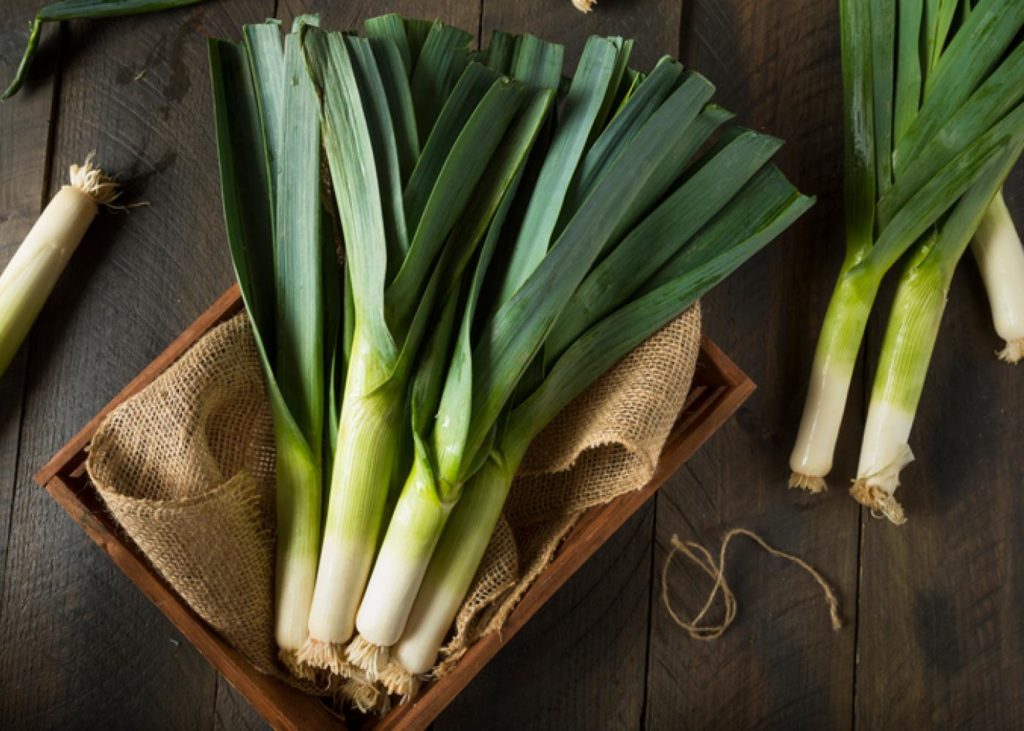



The leek, a cousin of the onion, is a member of the Liliaceae family. Originally from central Asia, it has been consumed since ancient times. It was on the menu of the Egyptians and later the Romans, pioneers of gastronomy, used it plentifully in their cuisine, especially during their great feasts. During the middle ages, the cultivation of leeks was introduced to Europe where they remain a prized vegetable to this day. It appears on the national emblem of Wales and is that country’s national vegetable. The cultivation of leeks spread to North America with the arrival of the first settlers. Both a vegetable and a condiment, the leek has always enhanced a wide variety of dishes with its unique aroma.


For the year ending June 2020:
1. 11,519 tonnes were produced and valued at $28.4 million.
2. The wholesale value of the fresh supply was $32.9 million, with $25.5 million distributed into retail and $7.4 m into food service.
3. 21% of Australian households purchased leeks, buying an average of 620 g of leeks per shopping trip.
4. The supply per capita was 443 g, based on the volume supplied.
Leeks are rich in flavonoids, especially one called kaempferol. Flavonoids are antioxidants and may have anti-inflammatory, anti-diabetic, and anticancer properties, as well as other health benefits. Definite proof of these health benefits of leeks will depend upon future studies with humans.
Leeks are rich in Vitamin K, which may reduce the risk of osteoporosis. Some studies show a relationship between a higher intake of Vitamin K and denser bones, which lead to a reduced risk of hip fractures. In some parts of the world, health authorities have approved the use of Vitamin K for osteoporosis. The Food and Drug Administration has not endorsed it in the United States.
This vegetable is grown in almost all states of Australia with the majority of it being grown in Victoria. However, the production of this vegetable also occurs in the Devon Meadows region in Victoria.